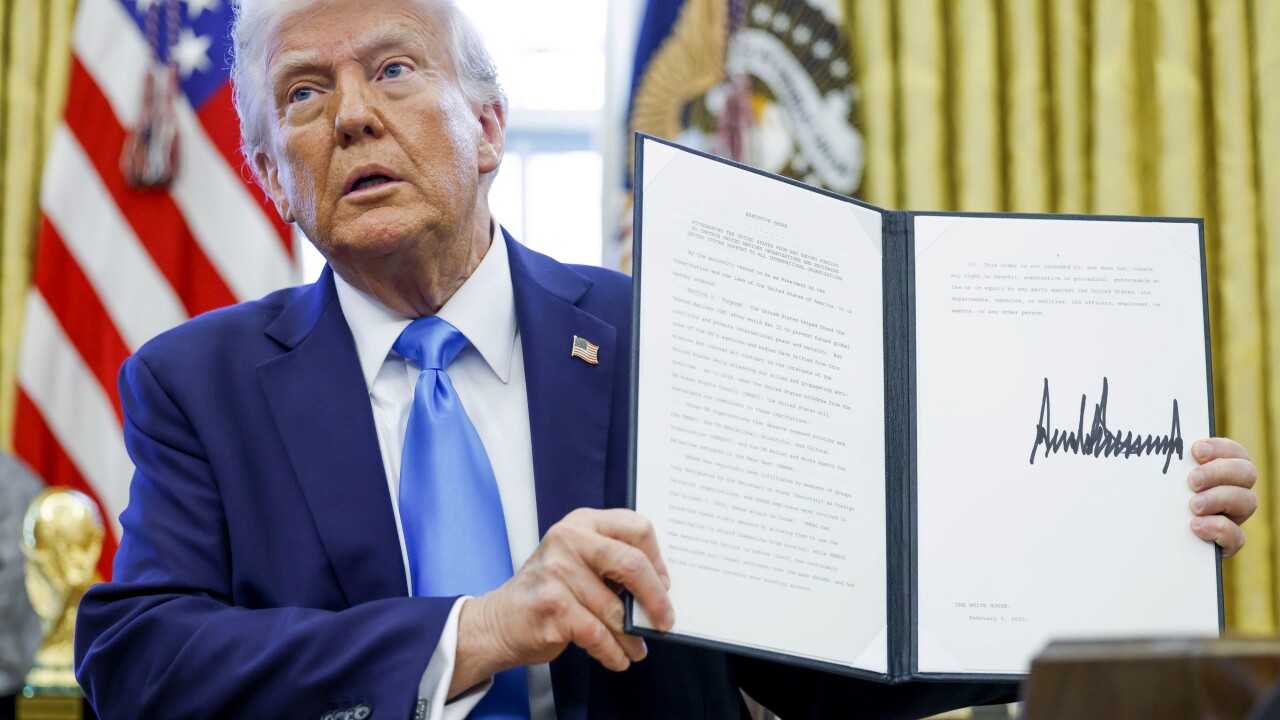
With commercial card spending predicted to rise precipitously over the next several years, banks have a chance to pounce.
Commercial credit cards could be a viable option for many businesses that still use ACH, particularly for larger payments, said Daniel Dawson, senior manager and cards and payments lead at Datos Insights, which
"It's definitely an unexploited market. Commercial cards account for less than 10% of total card volume worldwide," he said.
Here are some of the biggest opportunities and challenges in the commercial card market.
T&E cards on the rise
With the COVID-19 pandemic in the past, business travel has returned and banks have an opportunity to build their travel and entertainment card business by offering sweeter rewards than the competition, Dawson said. T&E cards were the fastest-growing segment in 2023, with Datos Insights data showing that spending climbed 16% worldwide to exceed both SMB and B2B card growth.
Challenges for this market segment include global conflicts and rising energy costs, but even so, companies are turning to T&E cards to track and control rising travel costs, according to Datos Insights.
Virtual cards gain steam
In the
Banks should consider opportunities to offer virtual cards to industries they may not have previously considered, said Hugh Thomas, lead analyst for commercial and enterprise payments at Javelin Strategy & Research. Possibilities could include software providers, information services providers, non-store retail and wholesale online markets, car rental agencies and advertising companies, he said.
One challenge for banks is that some suppliers resist virtual card payments due to interchange costs, Deborah Baxley, partner at PayGility Advisors, wrote in an email. "Banks must educate suppliers on the benefits, such as faster payments and easier reconciliation, while exploring incentives to drive adoption," she wrote.
AI can add value to corporate customers
Banks should incorporate more AI into their corporate card offerings, Thomas said. AI can help with routine tasks often performed by accounts payable staff. This includes monitoring whether required information is being gathered by cardholders, adherence to travel policies and ensuring cardholders aren't getting around transaction size limits by splitting transactions, he said. Banks have an advantage over card networks and other third parties because they know who owns the cards, which gives them perspective on patterns and anomalies, he said.
Companies today are more interested in "deep integration" with enterprise resource planning systems, accounts payable, and treasury systems, along with real-time data analytics, according to Baxley, a member of the U.S. Payments Forum, whose members include global payments networks, financial institutions, merchants, processors, acquirers, domestic debit networks, industry associations and industry suppliers. "Banks that fail to deliver seamless, data-rich solutions risk losing market share," she wrote.
Opportunities for regional banks
Regional banks that want to build their commercial card business can do well by marketing their offerings to corporate clients within their geographic sphere, said R.K. Hammer, who runs a bank card advisory firm.
Through "smart marketing, intelligent pricing, and provisional programs that become major programs," banks can make a lot of money in commercial cards, Hammer said. Depending on the geographic market and the corporations within the market, "you have a good shot at a lot more returns than you ever thought possible," he said.
Overlooked small business
Most small businesses use personal cards for business expenses, and it's an underserved market, said Eric Grover, principal at Intrepid Ventures, a provider of corporate development and strategy consulting to financial services, payment network and processing businesses.
To the extent that banks can come up with products to manage the spend of these businesses and integrate other products, it's a good
The holy grail from a bank's standpoint is to provide an integrated offering that includes core retail as well as debit and credit acceptance. "There are a lot more places to get fee income out of that relationship and the chances of that small business switching [banks] becomes de minimis," Grover said.
More competition from fintechs
Even large banks that are well-entrenched in the commercial market face competition. That's coming from regional players, and also increasingly from fintechs.
"Companies like






